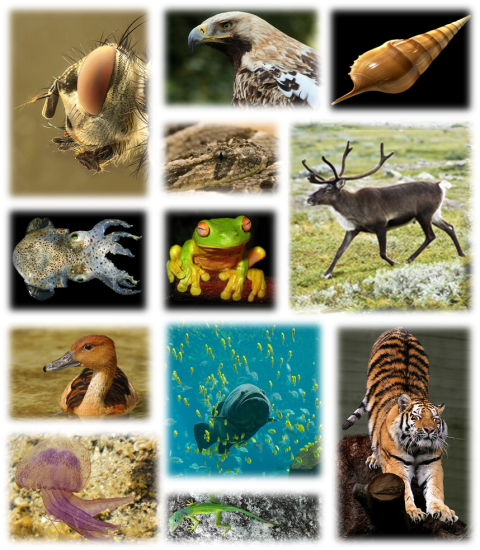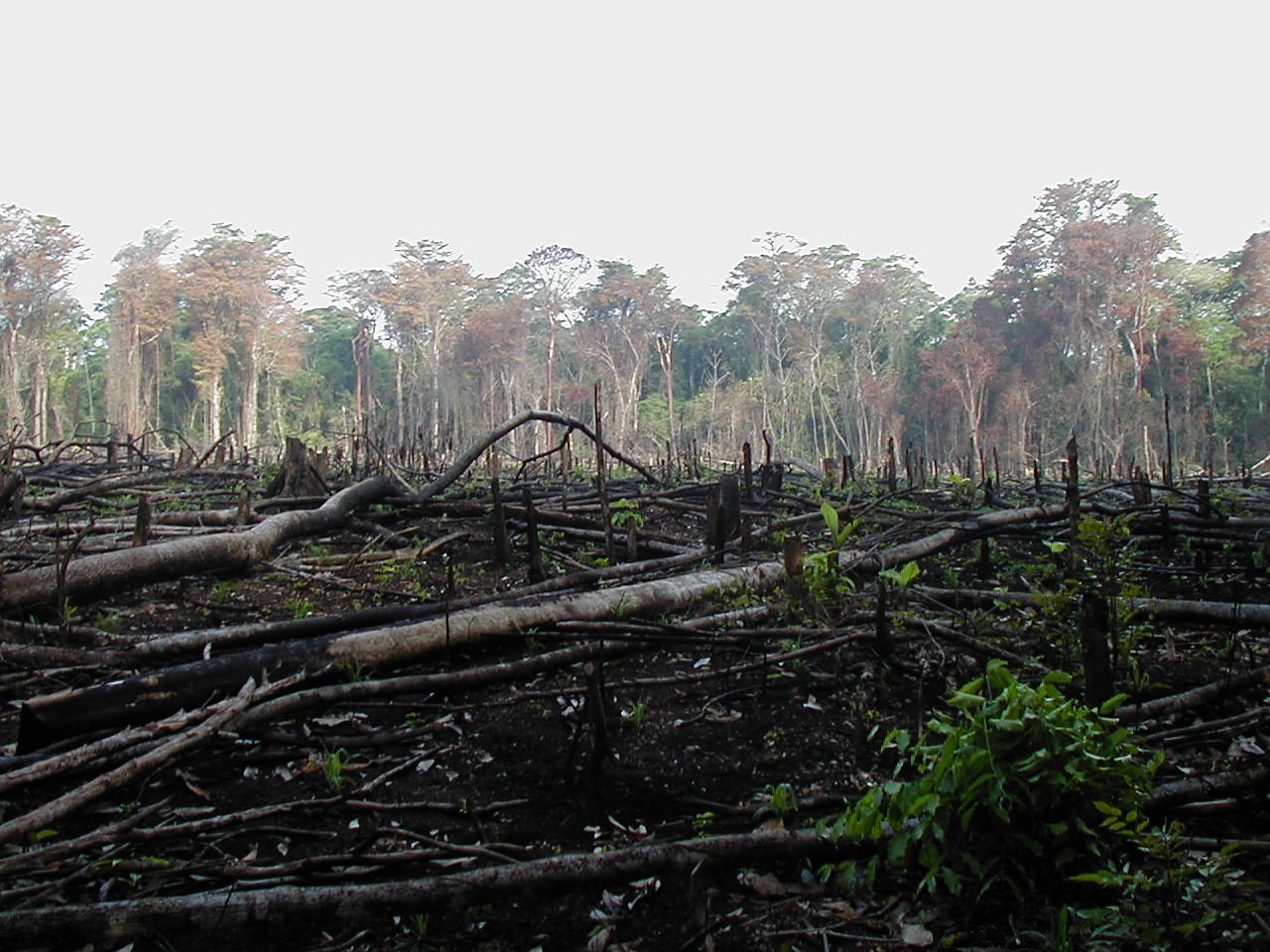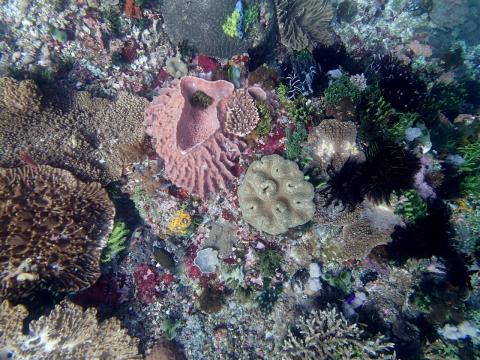
The earth is in its sixth mass extinction— the worst since the asteroid wiped out the dinosaurs and 50% of other species. The United Nations Biodiversity Conference of December 2022 warned that we could lose up to one million species in the near future if we don’t act now.
The Enemy is US!
There are many culprits responsible for these predicted extinctions: climate change, of course, but biodiversity loss on land and in the ocean due to human activities is the other major factor.
What is biodiversity? Biodiversity is everything that defines our living world. It’s not only species – it’s ecosystems, habitats, populations, and the genetic make-up of individuals. It’s how communities assemble to be something bigger than the sum of their parts.
Marine biodiversity allows nature in our ocean to be productive, resilient and adaptable to environmental changes. Marine biodiversity can prevent one species' extinction from causing wider negative impacts on an entire marine ecosystem.
Habitat destruction and overexploitation are the main drivers of biodiversity loss. Three-quarters of all land environments have been degraded by human activity and about two-thirds of all marine environments have. With great biodiversity, come thousands and thousands of finely balanced species interactions. Loss of one or more species can put the entire system at risk of collapse. This animated film explains biodiversity intactness as a way of measuring biodiversity loss.

We Are What We Won’t Be Able to Eat!
Biodiversity loss impacts us in a myriad of ways, most significantly, loss of food. The irony is that the biggest loss of wild land provides food for humans. Worldwide, most converted land is taken for agriculture, like clearing forests to graze cattle or to plant crops.
The ways we produce, process, transport, and consume food are the leading drivers of biodiversity loss, and account for 29% of human-caused greenhouse gas emissions. A large part of this is animal agriculture. The destruction of tropical forests for feeding livestock has severe climate and biodiversity impacts. Tropical forests are both carbon and nature-rich and storing one-quarter of all land carbon. Carbon hold two-thirds of the world’s biodiversity.
In the ocean, like on land, a major factor in biodiversity loss is due to overfishing and unregulated fishing.
(Here’s a great movie for the whole family about regenerative agriculture).

Climate Change and Biodiversity Loss
“The interlinking nature of these crises (climate change and biodiversity loss) is all due to humans’ unsustainable use of resources…We have been living as if the world were infinite and flat. And it isn’t,” says Katherine Hayoe, Chief Scientist at the Nature Conservancy.
Humans are quickly degrading marine carbon (also called blue carbon) – the carbon captured and stored by coastal vegetation including tidal salt marshes, seagrass meadows, mangrove forests, and kelp forests.
Coastal ecosystems store surprisingly large amounts of carbon as do biodiversity-rich ecosystems, including tropical mangroves and kelp forests. The climate crisis is accelerating biodiversity loss in the most biodiverse marine ecosystem: coral reefs. It’s forcing species to move which changes the diversity of and the interactions within ecosystems. Climate change will be the greatest force driving biodiversity loss in this century.
The Stinking Role that Plastics Play
Plastic also has a role in both the climate and the biodiversity crises. It’s responsible for 3.4 percent of greenhouse gas emissions, because most plastics are produced with fossil fuels. Plastic pollution is causing great harm to biodiversity. Much of the plastic pollution we create enters the ocean. It’s killing marine life as it’s ingested and enters food chains. And plastic entangles marine animals. Large bits of plastic and plastic particles can be found in soil, water, air and US!

The ‘30% by 30’ Opportunity
The overall goal of the UN Biodiversity Conference in Montreal in December of 2022 was to halt and reverse biodiversity loss. You may have seen the headlines: ‘30% by 30’. More than 190 countries (notably not the U.S. at that time) agreed to preserve 30% of the land, inland waters and the ocean by 2030 by conserving habitats and the biodiversity within those habitats.
Think of ecosystems as a Jenga tower as the sculpture exhibited at the biodiversity conference was. You can take out pieces. And for a while, it remains standing. But scientists don’t really understand which combination of removed blocks are going to destabilize and totally collapse the structure.
The ‘30 by 30’ agreement calls for reducing annual harmful government subsidies by $500 billion and cutting food waste in half to protect biodiversity. It warned: “Without such action, there will be a further acceleration in the global rate of species extinction, which is already at least tens to hundreds of times higher than it has averaged over the past 10 million years.”
Is there Room for Biodiversity and Climate Change to Coexist?
A joint report by the Intergovernmental Panel on Climate Change (IPCC )and the Intergovernmental Science-Policy Platform on Biodiversity and Ecosystem Services (IPBE) concluded that actions to help biodiversity largely come with co-benefits for tackling climate change.
For example, conserving natural ecosystems by stopping rapid, extensive deforestation could bring benefits for both climate change and biodiversity loss. Also restoring degraded ecosystems, such as carbon-rich forests, peatlands and kelp forests would bring both climate and biodiversity benefits, storing carbon and protecting species.
Marine Protected Areas (MPAs) are an example of a conservation tool that tackles both issues. They are a “tool for maintaining and restoring ecosystem resilience in a changing climate.” MPAs can also provide long term protection for habitats rich in biodiversity and act as ‘blue carbon’ sources.
To tackle overfishing governments around the world need to stop using public funds for subsidies to fishing fleets and put into place better regulations and enforcement. Governments spend far more on subsidies destroying nature rather than on subsidies for protecting it. These subsidies contribute to the exploitation of overfished stocks, and support harmful fishing practices causing the loss of marine habitats and species.
Let’s Radically Reduce Singe-Use Plastic Consumption
For the problem of plastic pollution, the solution is two-pronged. One is to stop plastic from ending up in the ocean. As consumers, we can stop using single use plastic, including bags, containers and straws. There are alternatives. Governments at all levels can make laws banning single use plastic products and incent non-plastic products. Explore alternatives to plastic.
Here is a photo essay about biodiversity loss and some solutions.
















